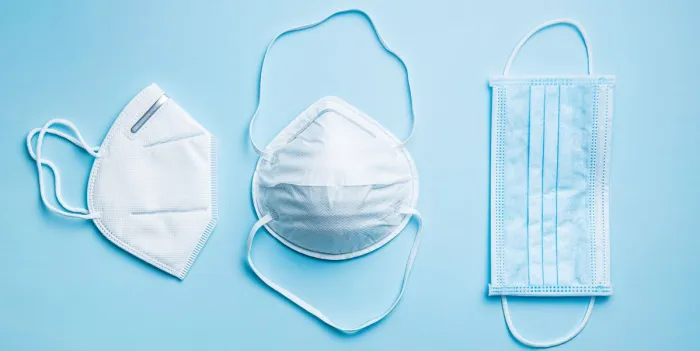As the world battles the COVID-19 pandemic, the use of face masks has become a necessary safety measure to help curb the spread of the virus. There are different types of face masks in the market, with 3 ply masks or 5 ply masks being the most common. But, when should you choose a 3 ply mask or 5 ply mask?
First, it is essential to understand what the difference is between these two types of masks. A 3-ply mask consists of three layers of material that help to filter out particles, while a 5-ply mask consists of five layers of material. The additional layers in a 5-ply mask help to provide enhanced protection against airborne particles.

When to choose a 3-ply mask:
- Daily use: If you are using a mask for daily activities like going to work or running errands, a 3-ply mask should be sufficient. It provides adequate protection for everyday use, such as indoors or for short periods outside.
- Comfort: 3-ply masks are generally lighter and more breathable than 5-ply masks. This makes them more comfortable to wear for extended periods and easier to breathe through, especially in hot weather.
- Affordability: 3-ply masks are more affordable than 5-ply masks. So, if you’re on a budget or need to purchase masks for a large group of people, 3-ply masks can be a more cost-effective option.
When to choose a 5-ply mask:
- High-risk environments: In high-risk environments, such as hospitals, airports, crowded spaces, or areas with high levels of pollution, a 5-ply mask with a higher filtration rating may be necessary. The additional layers in a 5-ply mask provide better protection against harmful particles, including viruses and bacteria.
- Travel: If you’re traveling on a plane or another form of public transportation, a 5-ply mask can provide an additional layer of protection against airborne pathogens. Being in a confined space with many people increases the risk of exposure to viruses and bacteria, making the extra protection of 5-ply masks a prudent choice.
- Pre-existing health conditions: If you have pre-existing health conditions that affect your immune system, it’s recommended that you opt for a 5-ply mask with a high filtration rating. This will help to protect you from harmful particles that can cause respiratory illnesses.
Choosing between a 3 ply mask or 5 ply mask ultimately depends on your intended use. For everyday use and situations where there is a low risk of exposure to harmful particles, a 3-ply mask is sufficient. But, in high-risk environments or situations where there is an increased risk of exposure to viruses and bacteria, or for people with weakened immune systems, a 5-ply mask with a higher filtration rating is recommended.
Regardless of which mask you choose, it’s essential to wear it correctly and maintain good hygiene habits, such as washing your hands regularly and avoiding touching your face while wearing the mask. By following these simple guidelines, we can all do our part to help curb the spread of COVID-19 and protect ourselves and our communities.


